Aluminum Entrance Mats: Benefits, Features, and Applications
Blog categories
Blog Search
Blog tags
Expansion Joints in Buildings A Comprehensive Overview
Expansion Joints in Buildings: A Comprehensive Overview
Introduction
Expansion joints are crucial components in the design and construction of buildings. These joints are designed to absorb the movement caused by various physical factors, such as temperature changes, seismic activity, wind loads, and settlement. They prevent structural damage by allowing for the necessary expansion or contraction of materials without compromising the integrity of the building.
In this article, we will explore the purpose, types, and design considerations of expansion joints in buildings, as well as their importance in maintaining the safety and longevity of structures.
What Are Expansion Joints?
Expansion joints are intentional gaps or spaces incorporated into the design of a building or structure to allow for the movement of materials. They accommodate expansion, contraction, and shifting due to environmental forces and load changes. Without these joints, buildings would be at risk of cracking, warping, or even failure in extreme cases.
These joints typically consist of a filler material, a cover, and often some form of sealant to prevent water, dirt, or debris from entering the joint. The design and materials used for expansion joints vary depending on the building's size, location, and the environmental factors it faces.
Purpose of Expansion Joints
-
Thermal Expansion and Contraction:
- Materials like concrete, steel, and masonry expand when heated and contract when cooled. This constant cycle of expansion and contraction due to temperature changes can cause severe damage to a structure if not properly managed. Expansion joints allow these materials to move freely without creating cracks or other structural issues.
-
Seismic Movement:
- Earthquakes can cause significant shifting in a building's foundation or structure. Expansion joints help absorb the forces generated by seismic activity, reducing the risk of structural damage during an earthquake.
-
Wind and Vibrations:
- High winds and vibrations from machinery, traffic, or nearby structures can cause movement in a building. Expansion joints accommodate this movement, preventing fatigue and material degradation over time.
-
Settlement and Shifting:
- Over time, the ground beneath a building may settle unevenly, causing the structure to shift or move. Expansion joints can absorb this movement and prevent stress on the building’s materials.
-
Waterproofing and Protection:
- Expansion joints help ensure that gaps in a structure are sealed properly, protecting the building from water penetration, which could lead to corrosion, mold, or weakening of the foundation.
Types of Expansion Joints in Buildings
Expansion joints can vary widely depending on the type of building, the movement expected, and the materials used. The following are some of the common types of expansion joints used in building construction:
-
Concrete Expansion Joints:
- These joints are used primarily in concrete structures and are often referred to as "control joints" or "contraction joints." Concrete tends to crack naturally as it cures or due to thermal expansion and contraction. A concrete expansion joint ensures that these cracks remain controlled and do not affect the overall structure.
-
Bridge Expansion Joints:
- These joints are designed for use in bridges and other structures where there is significant movement, such as long spans or variations in load distribution. They accommodate horizontal, vertical, and rotational movements due to temperature changes, traffic loads, and seismic activity.
-
Building Façade Expansion Joints:
- In high-rise buildings or structures with large façades, expansion joints are often used to separate different parts of the façade to prevent cracks in the cladding or glazing systems. These joints ensure that the exterior components of the building can move independently of the structural frame.
-
Floor Expansion Joints:
- Used in large interior spaces such as warehouses, shopping malls, or stadiums, floor expansion joints allow the flooring material to expand and contract without causing damage to the surface or substructure.
-
Roof Expansion Joints:
- Roofs are particularly vulnerable to movement due to temperature fluctuations and wind. Roof expansion joints are installed to ensure that roofing materials can expand and contract freely, preventing damage to waterproofing membranes or the building’s structural integrity.
Design Considerations for Expansion Joints
When designing expansion joints, several factors must be taken into account to ensure their effectiveness. These considerations include:
-
Movement Potential:
- The size and location of expansion joints must account for the maximum expected movement in the building, whether due to temperature, seismic activity, or settlement. The joint must be large enough to accommodate this movement without compromising the structure.
-
Material Selection:
- The choice of materials for the joint fillers, covers, and seals is crucial. The material must be durable, weather-resistant, and compatible with the surrounding building materials. Common materials include rubber, neoprene, silicone, and metal alloys.
-
Location:
- Expansion joints are typically placed in locations where movement is most likely to occur, such as where two parts of the building meet (e.g., at corners, intersections, or where different materials come together). The location of the joint must also consider the aesthetics and functionality of the building.
-
Structural Integrity:
- While expansion joints allow for movement, they should not compromise the overall stability of the structure. The design must ensure that the joint remains secure and does not introduce new points of weakness.
-
Waterproofing:
- Expansion joints, particularly in roofing and façade systems, must be properly sealed to prevent water infiltration. Poorly sealed joints can lead to leaks, which may cause long-term damage to the building’s interior and structural elements.
Common Problems with Expansion Joints
While expansion joints are critical for maintaining the integrity of buildings, they can encounter problems over time. Some of the common issues include:
-
Sealant Failure:
- Over time, the sealants used in expansion joints can degrade, leading to leaks or loss of flexibility. Regular inspection and maintenance are essential to ensure that the sealant remains intact and functional.
-
Blockage of Movement:
- If expansion joints become blocked with debris, dirt, or other materials, they may be unable to function properly. This can result in stress being transferred to other parts of the building, potentially causing cracks or other forms of damage.
-
Corrosion of Metal Joints:
- Metal-based expansion joints can corrode if exposed to moisture or other corrosive elements. Proper material selection and maintenance can mitigate this issue.
-
Improper Installation:
- Poorly installed expansion joints can lead to structural failure or inadequate movement accommodation. It’s critical that expansion joints are installed by professionals who understand the specific needs of the building.
Conclusion
Expansion joints are essential for the safety, longevity, and structural integrity of buildings. They allow buildings to move in response to external forces without causing damage to the structure. The proper design, material selection, and maintenance of expansion joints are vital for their long-term effectiveness. Understanding the various types of expansion joints and their role in modern architecture helps ensure that buildings can withstand environmental challenges and continue to serve their intended purpose for many years.

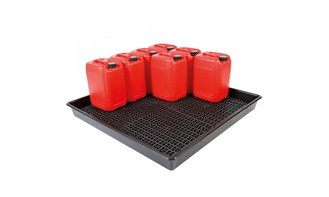
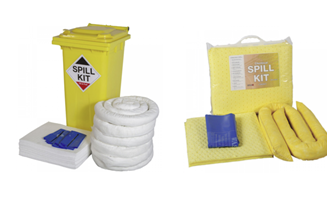
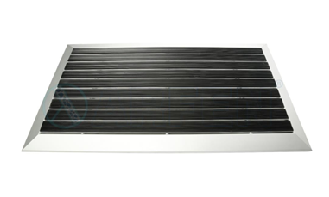
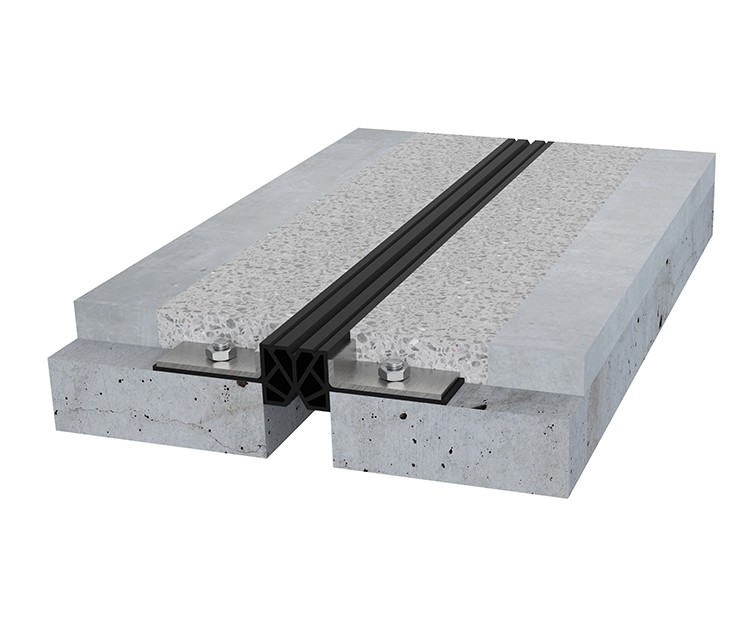
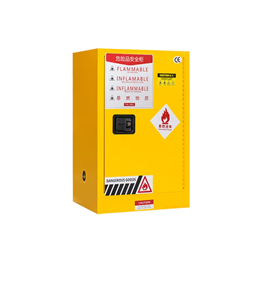

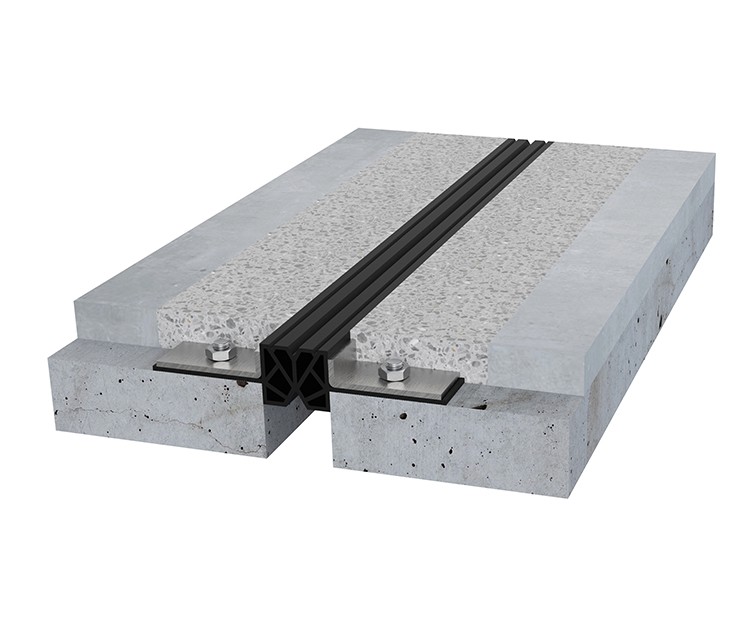
Leave a comment
Log in to post comments